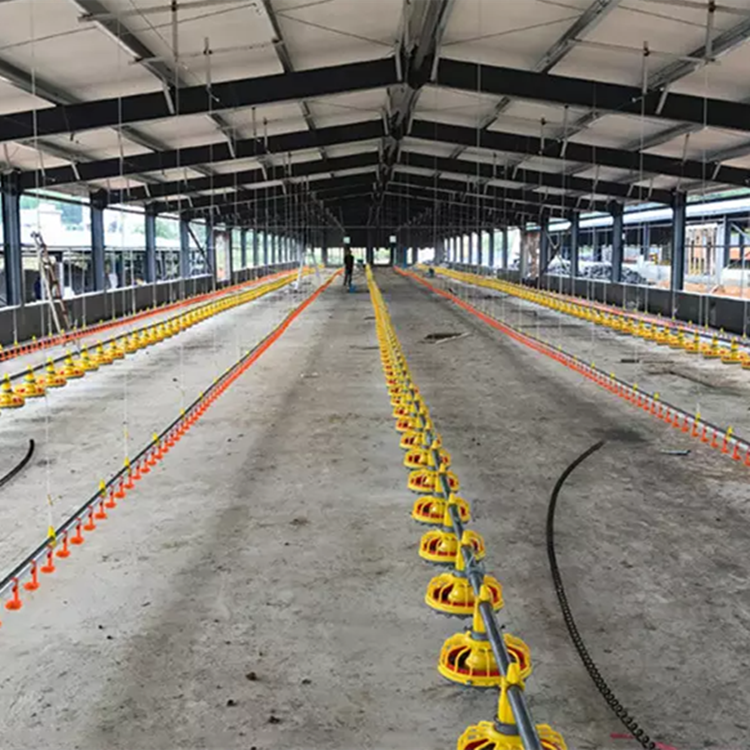poultry feed pellet machine
سېنتەبىر . 10, 2024 12:52 Back to list
poultry feed pellet machine
The Importance of Poultry Feed Pellet Machines in Modern Agriculture
Poultry farming has seen significant advancements in recent years, and one of the key innovations driving this progress is the poultry feed pellet machine. These machines play an essential role in producing high-quality, nutritionally balanced feed pellets for poultry, enhancing both the efficiency and sustainability of poultry farming operations.
A poultry feed pellet machine processes raw ingredients such as grains, vitamins, and minerals, transforming them into compact, uniform pellets. This pelleting process not only improves the palatability of the feed but also increases its nutritional value. Pellets are easier for poultry to digest, ensuring that birds get the necessary nutrients they require for optimal growth and production. Furthermore, the uniform shape and size of the pellets minimize feed waste, making them an economical choice for farmers.
The manufacturing process of poultry feed pellets involves several steps, including grinding, mixing, conditioning, pelleting, and cooling. Each of these steps is crucial for ensuring the final product meets the necessary standards for poultry nutrition. Advanced poultry feed pellet machines are equipped with features that allow for precise control of the temperature, moisture, and retention time during the pelleting process. This level of precision is vital for preserving the vitamins and minerals in the feed, which can be destroyed by excessive heat.
poultry feed pellet machine

One significant advantage of using poultry feed pellet machines is their ability to cater to different types of poultry, including chickens, ducks, turkeys, and quails. Farmers can adjust the formulation of the feed pellets to meet the specific nutritional needs of various bird species, helping to promote optimal health and productivity. This customization is particularly important in a market where poultry breeds are rapidly evolving, and their dietary requirements are becoming increasingly specific.
Moreover, investing in a poultry feed pellet machine can lead to substantial cost savings for farmers. By producing their own feed in-house, farmers can take control of their feed costs, negotiate better prices for raw materials, and reduce reliance on commercial feed suppliers. This self-sufficiency not only contributes to improved profit margins but also allows farmers to ensure the quality and safety of the feed their poultry consume.
In conclusion, poultry feed pellet machines are a vital component of modern poultry farming. They enhance feed efficiency, accommodate the specific nutritional needs of various poultry types, and provide cost-saving opportunities for farmers. As the poultry industry continues to grow and evolve, embracing innovative technologies like feed pellet machines will be essential for ensuring sustainable and productive farming practices.
-
Automatic Feeding Line System Pan Feeder Nipple Drinker|Anping County Yize Metal Products Co., Ltd.
NewsJul.30,2025
-
Automatic Feeding Line System - Anping Yize|Pan Feeder,Nipple Drinker
NewsJul.30,2025
-
Automatic Feeding Line System - Anping County Yize Metal Products Co., Ltd.|Pan Feeder, Nipple Drinker
NewsJul.30,2025
-
Automatic Feeding Line System-Poultry Farming|Chicken Feeding&Watering
NewsJul.30,2025
-
Automatic Feeding Line System - Anping County Yize Metal Products Co., Ltd.|Pan Feeder Nipple Drinker,Broiler Farming
NewsJul.30,2025
-
Automatic Feeding Line System Pan Feeder Nipple Drinker-Anping County Yize Metal Products Co., Ltd.
NewsJul.30,2025






